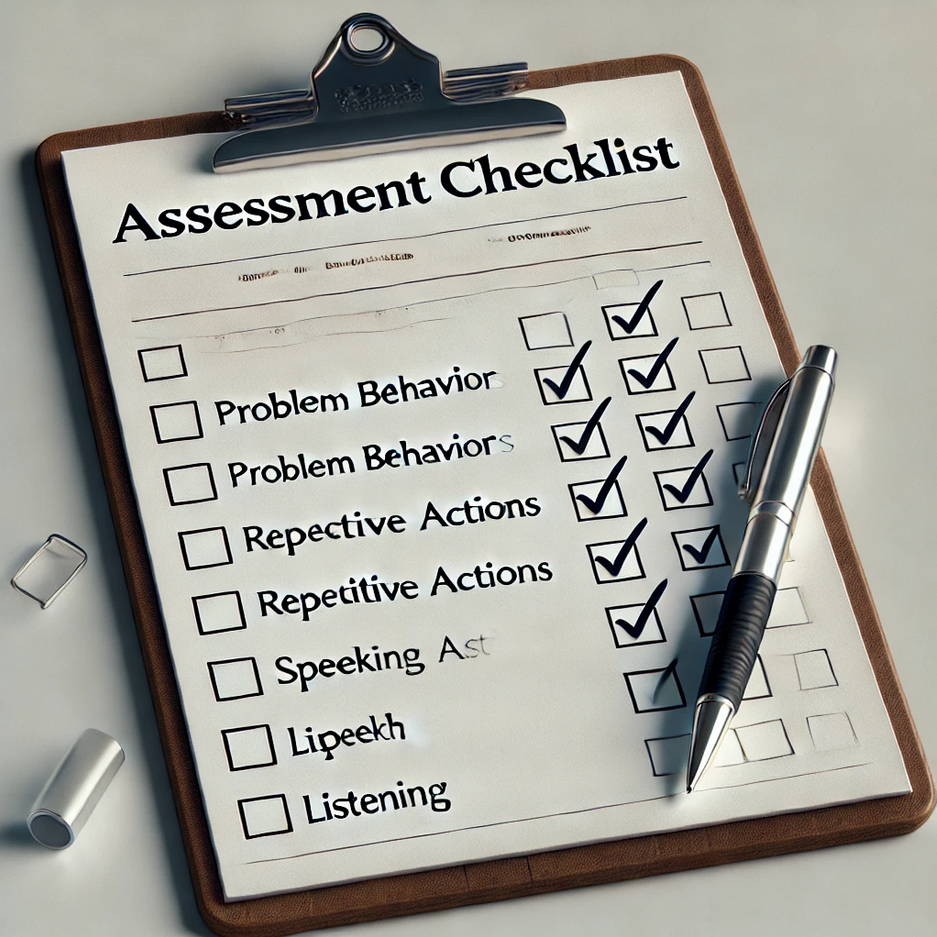Hello!
Researchers Christine K. Syriopoulou-Delli and Elpis Papaefstathiou from the University of Macedonia (Greece) provided a detailed presentation of ADOS-2 in their 2021 book, "Interventions for Improving Adaptive Behaviors in Children with Autism Spectrum Disorder".
Let’s go over the key points of their work.
ADOS-2 is a standardized assessment consisting of five different modules, designed for diagnosing individuals with varying levels of speech, communication, and age characteristics:
- Toddler Module – for children 12 to 30 months old who do not use phrase speech.
- Module 1 – for children 31 months and older who do not use phrase speech.
Two scoring algorithms:
for completely nonverbal children and for children using a few words - Module 2 – for individuals of various ages who use phrase speech but are not fluent speakers. Two scoring algorithms:
- For children under 5 years old
- For children 5 years and older - Module 3 – for fluent-speaking children and adolescents (up to 16 years old).
- Module 4 – for fluent-speaking adolescents (16+) and adults.
What Does ADOS-2 Assess?
The evaluation covers multiple areas, including:
communication, social interaction, play, repetitive and self-stimulation behaviors.
The article provides a detailed overview of the preparation process, assessment procedure, language proficiency determination, and autism level classification.
The evaluation lasts 40–60 minutes and is conducted by a single examiner.
If the child is being assessed with the Toddler Module, Module 1, or Module 2, a parent or guardian must be present.
The article also highlights both the advantages and challenges of this assessment method, emphasizing the importance of examiner professionalism in accurately determining developmental levels and assigning appropriate scores.
Despite some limitations, ADOS-2 is considered the "gold standard" for autism diagnosis and has proven to be an effective tool in both clinical and research settings.
For more details, check out the full publication.
